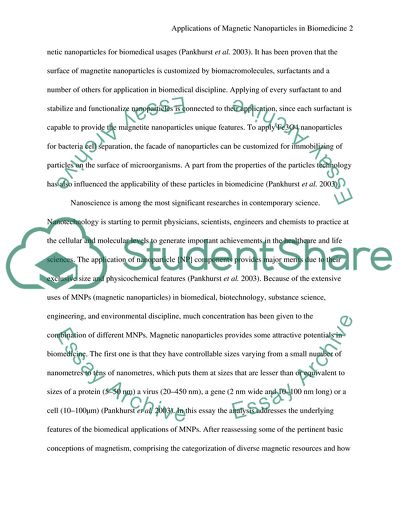Cite this document
(“Applications of magnetic nanoparticles in biomedicine Essay”, n.d.)
Applications of magnetic nanoparticles in biomedicine Essay. Retrieved from https://studentshare.org/health-sciences-medicine/1628793-applications-of-magnetic-nanoparticles-in-biomedicine
Applications of magnetic nanoparticles in biomedicine Essay. Retrieved from https://studentshare.org/health-sciences-medicine/1628793-applications-of-magnetic-nanoparticles-in-biomedicine
(Applications of Magnetic Nanoparticles in Biomedicine Essay)
Applications of Magnetic Nanoparticles in Biomedicine Essay. https://studentshare.org/health-sciences-medicine/1628793-applications-of-magnetic-nanoparticles-in-biomedicine.
Applications of Magnetic Nanoparticles in Biomedicine Essay. https://studentshare.org/health-sciences-medicine/1628793-applications-of-magnetic-nanoparticles-in-biomedicine.
“Applications of Magnetic Nanoparticles in Biomedicine Essay”, n.d. https://studentshare.org/health-sciences-medicine/1628793-applications-of-magnetic-nanoparticles-in-biomedicine.


